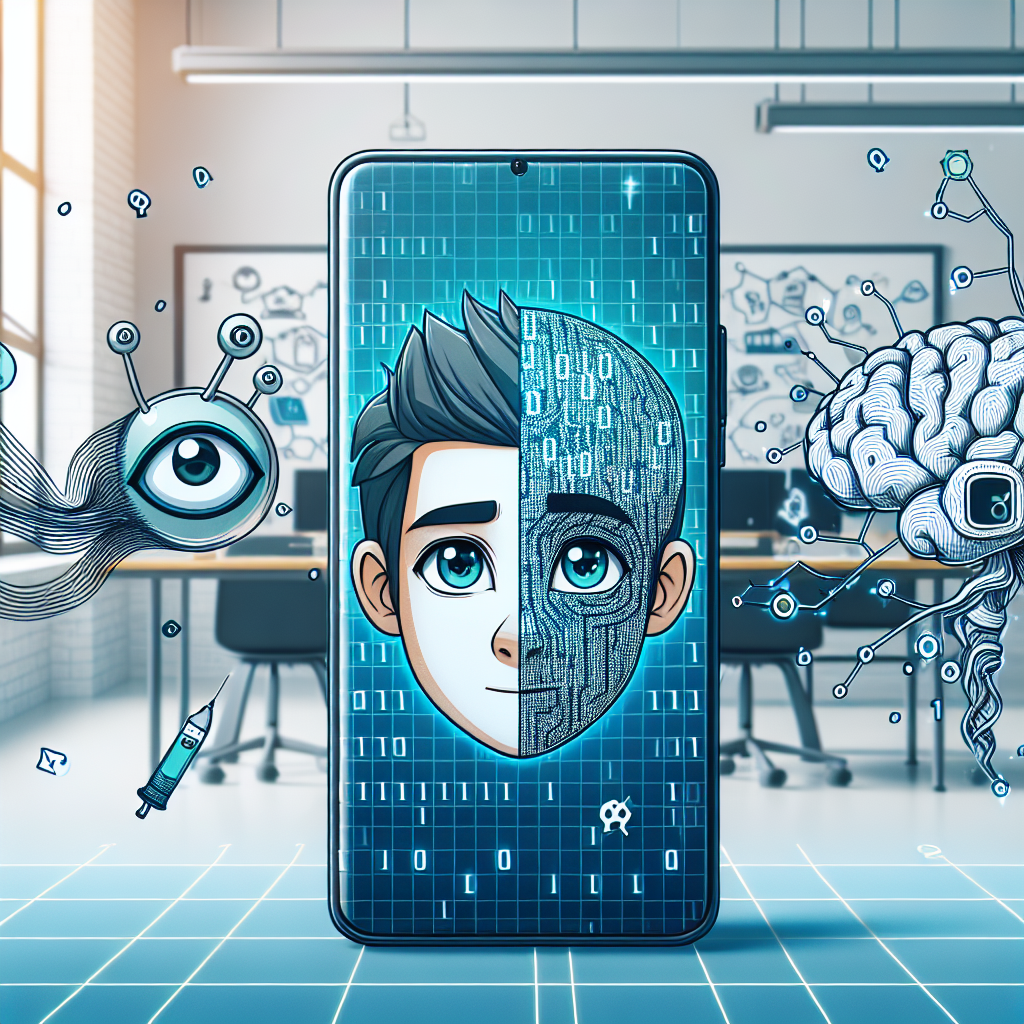Have you ever wondered how cartoon face filters work on your favorite social media platforms? From Snapchat to Instagram, these fun and sometimes hilarious filters have become a popular way for users to add a touch of whimsy to their photos and videos. But what exactly is the science behind these filters? How do they work to transform our faces into cartoon-like characters? In this article, we will delve into the fascinating world of augmented reality and computer vision to uncover the secrets behind these popular filters.
Augmented Reality and Computer Vision
At the heart of cartoon face filters is the technology of augmented reality (AR) and computer vision. AR is a technology that superimposes digital content onto the real world, allowing users to see and interact with virtual objects in their physical environment. Computer vision, on the other hand, is a field of artificial intelligence that enables computers to interpret and understand the visual world through images and videos.
When you use a cartoon face filter, the AR technology in your device analyzes your facial features and applies a layer of virtual content on top of your real-time video feed. This virtual content is generated by computer vision algorithms that can detect and track your facial movements, allowing the filter to animate and morph your face into a cartoon character.
Facial Recognition and Detection
One of the key components of cartoon face filters is facial recognition and detection. These filters use sophisticated algorithms to detect and recognize the various features of your face, such as your eyes, nose, mouth, and contours. This process involves the use of machine learning models that have been trained on vast amounts of facial data to accurately identify and track facial landmarks.
Once the filter has identified your facial features, it can then apply virtual content, such as cartoon-like eyes, a smiling mouth, or other whimsical elements, to overlay onto your face. The filter also uses facial detection to ensure that the virtual content moves and reacts to your facial expressions in real time, creating a seamless and engaging user experience.
3D Mesh Modeling
Another important aspect of how cartoon face filters work is 3D mesh modeling. This technique involves creating a 3D mesh, or wireframe, of your face based on the detected facial landmarks. The 3D mesh acts as a digital representation of your face, allowing the filter to map and overlay virtual content onto your facial contours with precision.
By using 3D mesh modeling, cartoon face filters are able to accurately track the movements and expressions of your face, ensuring that the virtual content stays in sync with your real-time video feed. This advanced technology helps to create a more realistic and immersive experience for users, as they can see their favorite cartoon characters or effects come to life on their own faces.
Real-Time Rendering and Animation
Once the facial recognition, detection, and 3D mesh modeling have been completed, the final step in the process of how cartoon face filters work is real-time rendering and animation. This involves applying textures, colors, and animations to the 3D mesh model of your face, creating the illusion of a cartoon character or effect superimposed onto your real-time video feed.
The real-time rendering and animation process is incredibly complex, requiring powerful computing capabilities to process and display the virtual content in real time. This is why cartoon face filters often require newer and more advanced devices to run smoothly, as the computational demands of rendering and animating virtual content on top of a live video feed can be quite intensive.
FAQs
How accurate are cartoon face filters in tracking facial movements?
Cartoon face filters have become increasingly accurate in tracking facial movements, thanks to advancements in computer vision and machine learning. However, the accuracy of these filters can still vary depending on factors such as lighting conditions and the complexity of facial expressions.
Can cartoon face filters be used in live video calls?
Yes, some social media platforms and video calling apps now offer the ability to use cartoon face filters during live video calls. This allows users to add a touch of fun and creativity to their video conversations with friends and family.
Are there privacy concerns related to the use of cartoon face filters?
While cartoon face filters are designed for entertainment and enjoyment, there are potential privacy concerns related to the use of facial recognition technology. Users should be mindful of how their facial data is being collected and used by apps and platforms that offer cartoon face filters, and consider the implications of sharing their facial data with third-party developers.








+ There are no comments
Add yours